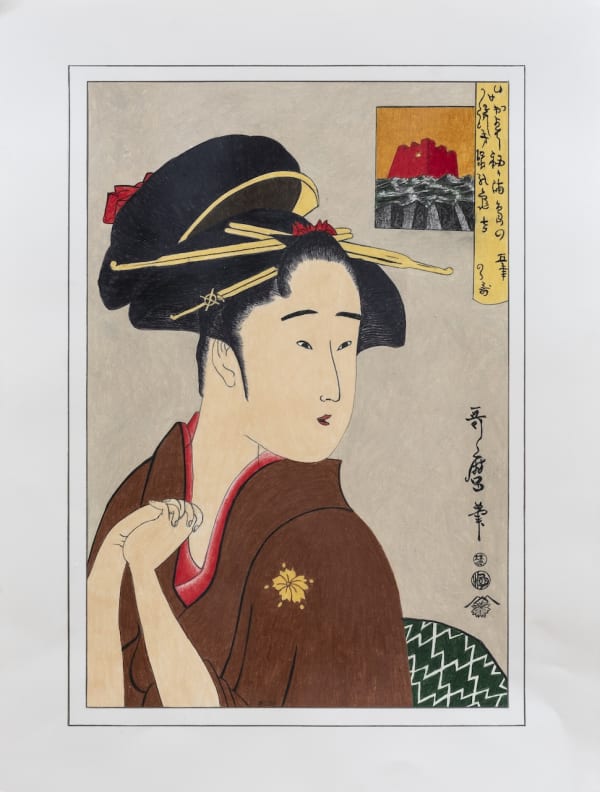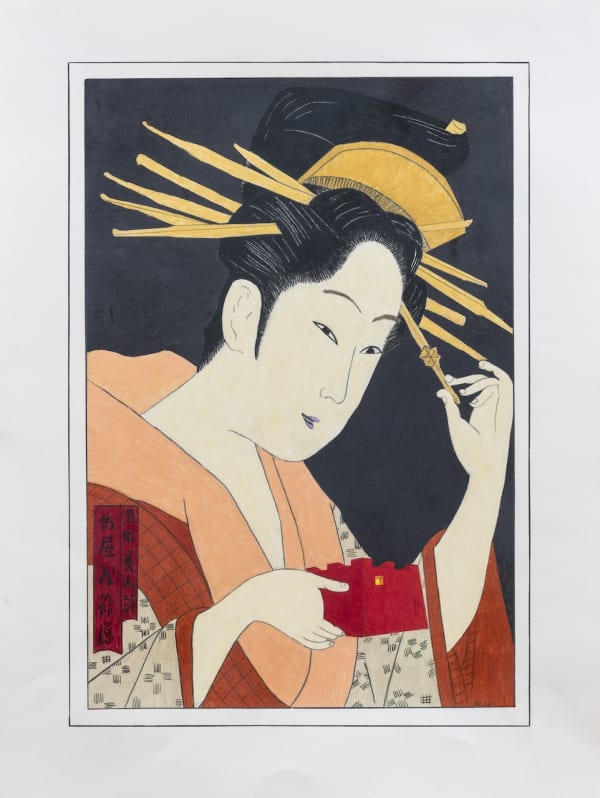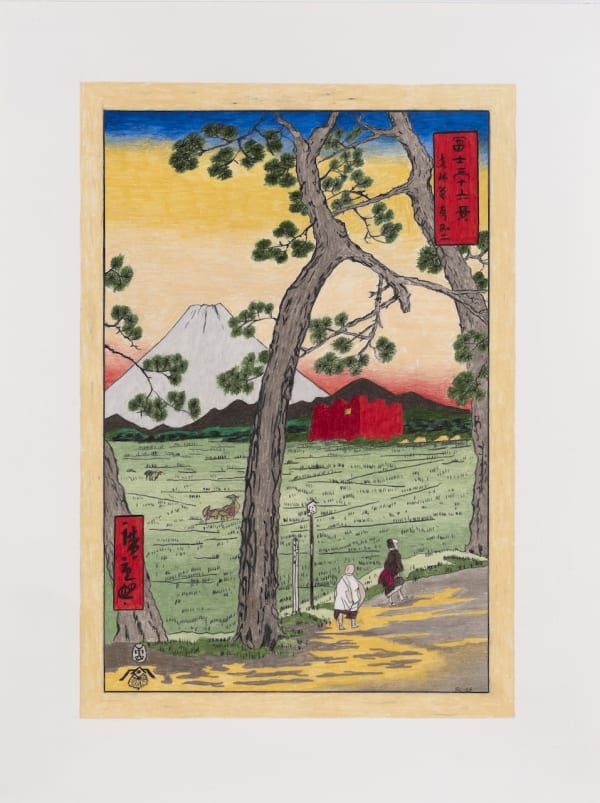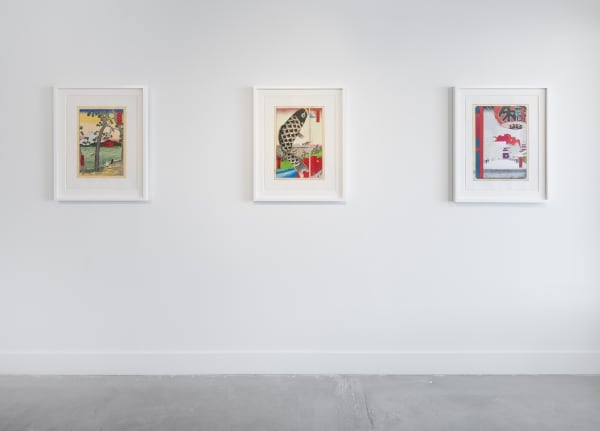THE UKIYO-E BUNKERS: Richard Carter
-
-
This dynamic exhibition takes us on a journey through Carter’s acclaimed Bunker drawings, touching upon our vulnerability and resilience through collective and individual adversity. The series also draws upon Carter’s inspiration from 19th-century Japanese Ukiyo-e woodblock prints depicting the rise of the Edo period and highlighting our ability to celebrate life’s most important, everyday moments.
Richard Carter is a key fixture in the evolution of Aspen’s storied art history. The artist arrived in Aspen in the early 1970s as the assistant to Herbert Bayer, the renowned Bauhaus artist and designer who fashioned the Aspen Institute’s campus and is credited with giving a visual voice to the Aspen Idea: Mind, Body and Spirit. Carter spent six years working on Bayer’s paintings, printmaking, tapestries, architectural models, and exhibition design. He would go on to exhibit his work in solo and group exhibitions across innumerable galleries, museums, and universities.
Carter formed an early friendship with the prolific Aspen collector and art enthusiast John Powers, a relationship that has had a lasting impact on his artistic output. It was John Powers who gifted Carter his first Japanese woodblock print, sparking Carter’s ongoing passion for Ukiyo-e prints and forming the basis for much of this exhibition.
The artist’s original Bunker drawings emerged during the heap of COVID-19. In Carter’s words, “[they developed from] the idea of humanity defended against the real danger of the pandemic in their own castle – like a bunker.” The series commences with scenes of the Bunker facing nearly insurmountable challenges, only to move on to the next one victoriously. Carter’s fascination with natural phenomena explicitly presents itself in his signature style in the form of fire, flood, high seas, volcanoes, landslides, cosmic events, lightning strikes, supernovas, and flaming particle fields. His Bunker acts as a resilient symbol and protector from threatening events, a place to hunker down and let the world go by.
Carter’s fascination with Ukiyo-e prints focuses primarily on a series called “The Floating World,” developed between 1790 and 1890. These scenes embrace the fleeting nature of life in the Japanese Edo period through ethereal, transient, and beautiful scenes depicting not only landscapes but also poets, writers, dancers, Kabuki actors, courtesans, and Geishas. It’s as if Carter’s Bunker survived all of the struggles and unimaginable difficulties in the first part of the series so that it may finally land in this period of celebration. In this time-traveling bridge between the two worlds, the artist expresses what is so precious about the fragility of life.
-
-
SELECTED WORKS
-
Installations

























